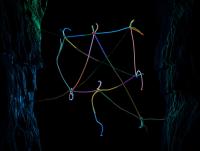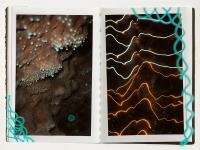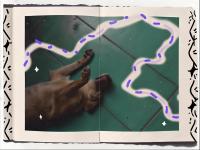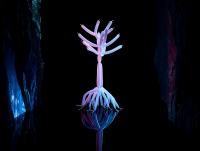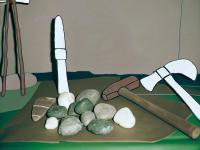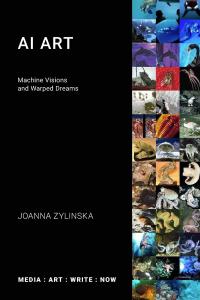Subscribe to the Newsletter
Your cart is empty
Shop nowBeyond Authorship: Creativity as Exchange
In my last post, I wrote about the creative mental act—Turing’s idea that creativity might not reside within a single person or machine, rather in the interaction between them. I find it a helpful way to think about art-making with AI, while also gesturing toward a broader shift in perspective.
In her book “AI Art”, Joanna Zylinska frames this as part of a post-humanist approach to art-making. She suggests that instead of seeing humans as distinct from machines, we might recognise ourselves as ‘quintessentially technical beings’ (Zylinska, AI Art, p. 27) —shaped, extended and entangled with tools and systems from the very beginning. From cave paintings to code, art has always been a product of collaboration between our impulses and the technical tools we use.
What is creativity and where does it happen? If we stop viewing machines as mere tools or threats and instead see them as part of a wider creative ecology, we open up new ways of working, seeing and thinking. Not by surrendering authorship, but by decentring the human as the sole source of meaning. Artists like Charlie Engman, whose AI-inflected book “Cursed” sparked its own mini firestorm, have been brave in confronting the discomfort AI art provokes—especially when facing incurious critics more interested in guarding old definitions than asking better questions.
I often return to the metaphor of the Wood Wide Web—the vast fungal networks that weave through forest ecosystems, transferring nutrients, information and support between species. What’s compelling about these networks is not just their scale, but their structure: non-hierarchical, distributed, relational. No single node is in charge and yet the system thrives.
The Wood Wide Web’s interconnectedness and openness mirror how AI functions, sharing and building upon a vast pool of knowledge and creativity. This approach flattens traditional power structures in the art world, aligning with a more egalitarian, perhaps even Buddhist, view of interdependence and ego dissolution. Through this lens, AI becomes a tool for a collective creative evolution, a recognition that we’re all part of a larger continuum of shared knowledge and creativity.
AI shares, recombines and reroutes information across distributed networks. In my series “After Wall”, I use fungal forms as a visual stand-in for this kind of decentralised intelligence. In “Computers Can’t Jump”, I treat the machine’s misfires and pattern-strangeness not as flaws, but as part of a conversation—an exchange across systems.
The goal isn’t to erase the human from the picture. It’s to draw a wider frame—and to see what becomes visible when we do.
Ben Millar Cole is part of Issue 17 by Guest Editor Torbjørn Rødland.
Check out his Artist Feature Computers Can’t Jump.
